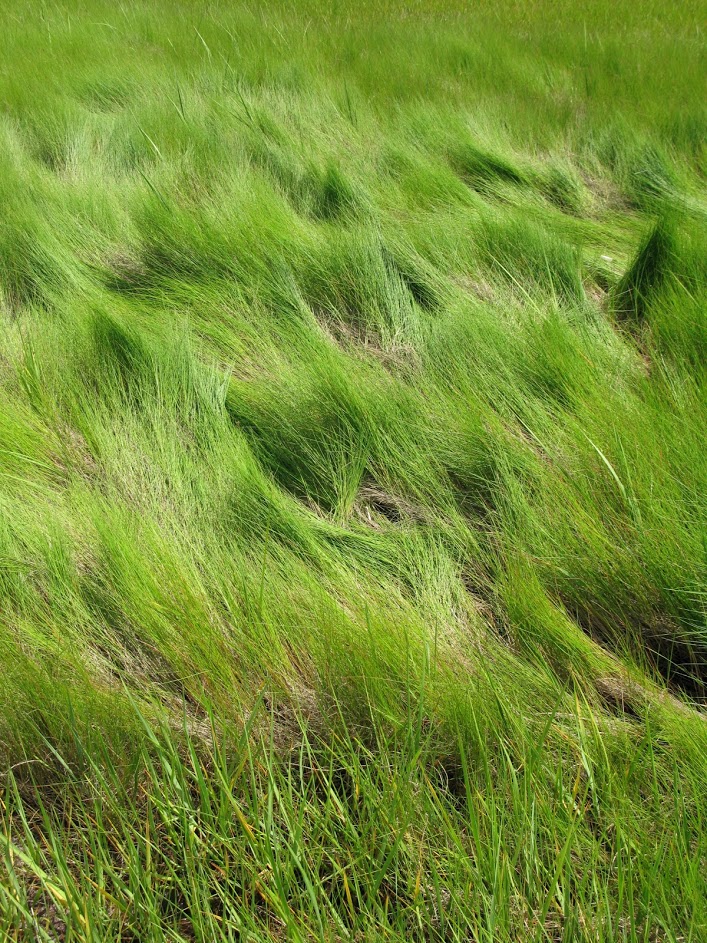
The high marsh zone, which includes vegetation such as Spartina patens (also called saltmeadow cordgrass or saltmarsh hay), is an ecologically rich part of a coastal marsh (tidal wetlands) habitat. Click the right arrow above to see how the Sea Level Affecting Marshes Model (SLAMM) projects how one of Connecticut’s most valuable coastal wetlands may respond to sea level rise.
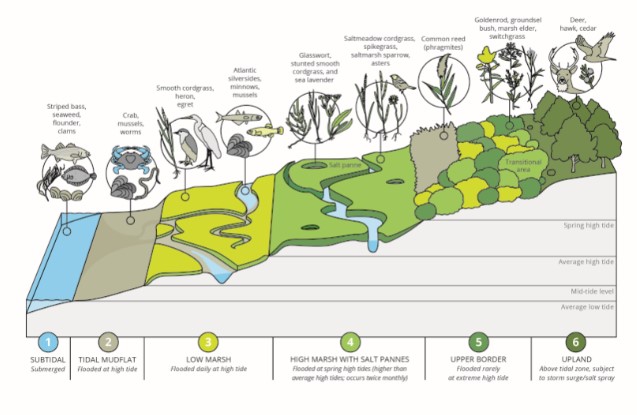
Before we focus on the East River Marsh in Guilford/Madison, CT, take a look at this graphic depicting shoreline habitats from the water’s edge to upland. The salt marsh zones are bands of vegetation influenced by saltwater tidal flooding. It generally includes three distinct vegetation zones, shown here as low marsh, high marsh and upland High marsh habitat floods only a few times each month during spring tides, extreme high tides that occur approximately at the time of the new and full moons.
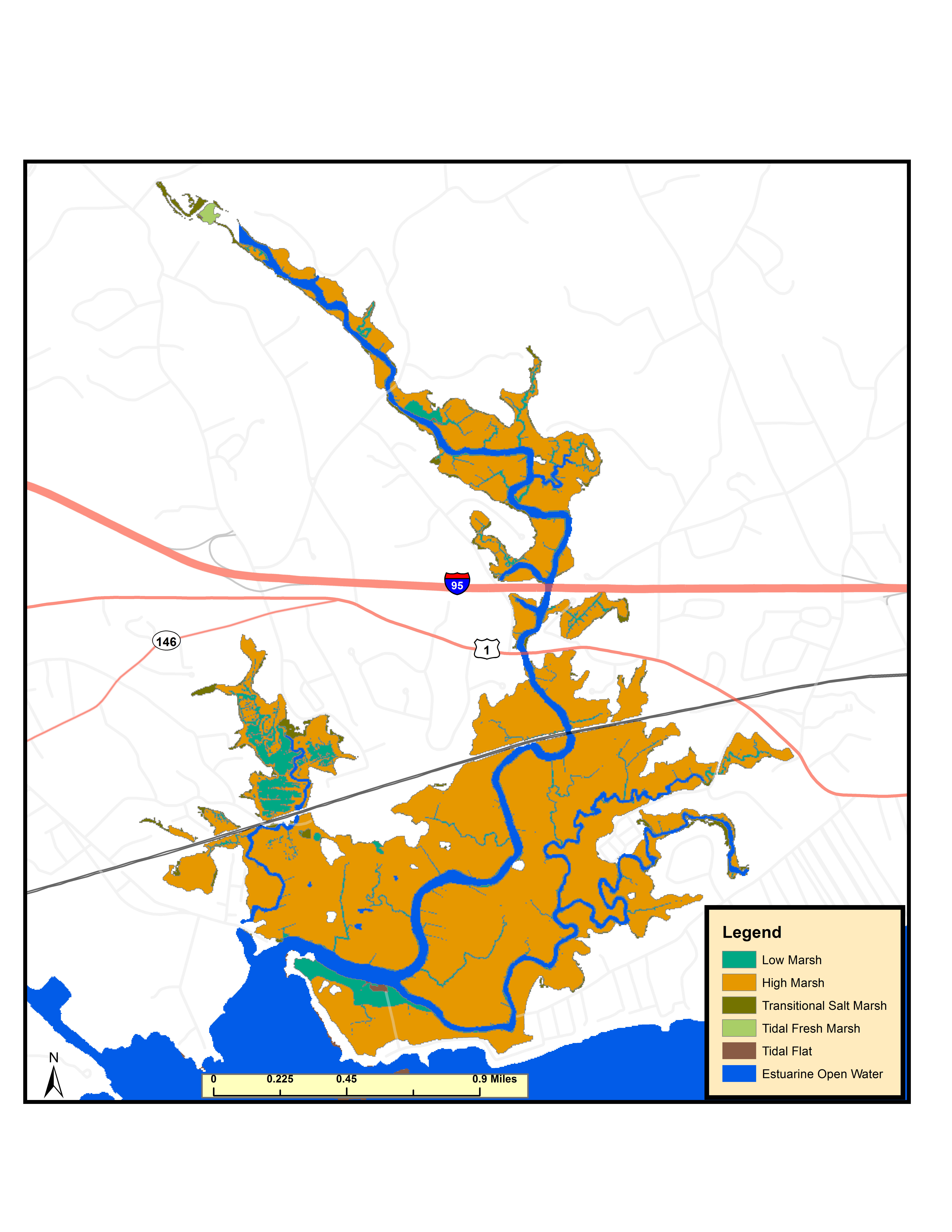
In 2010, a majority of the East River Marsh consisted of high marsh habitat (the yellow zone).
Source: UConn Center for Land Use and Environmental Research (CLEAR) Sea Level Rise Effects on Roads and Large Marshes project.
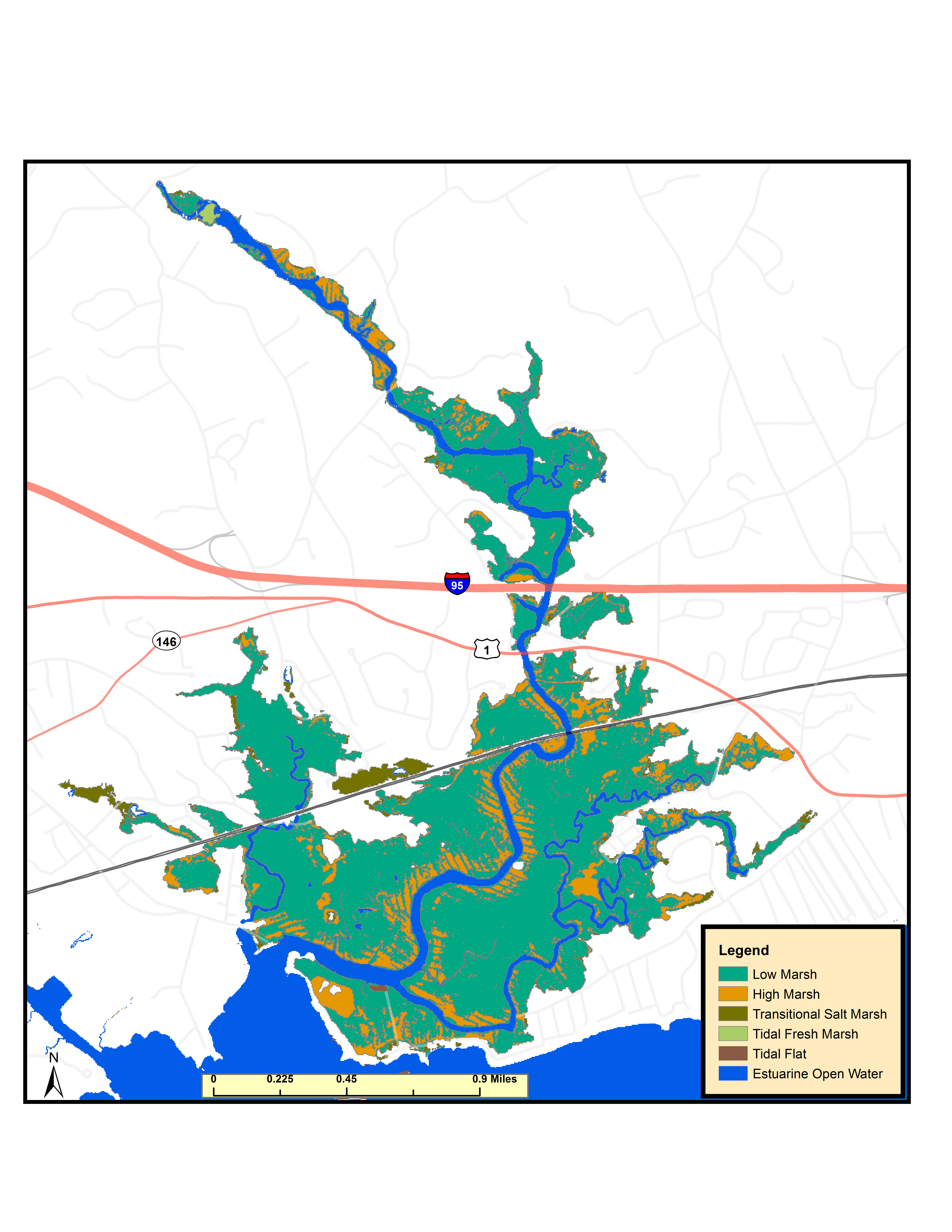
By 2055,under a high Sea Level Rise scenario of approximately 2 feet, a majority of the high marsh is expected to convert to low marsh, which is better adapted to more frequent flooding due to sea level rise.
Source: Connecticut Sea Level Affecting Marshes Model project. (note that sea level rise scenarios include from low to extreme levels. Even low rise scenarios project significant changes to coastal marshes.
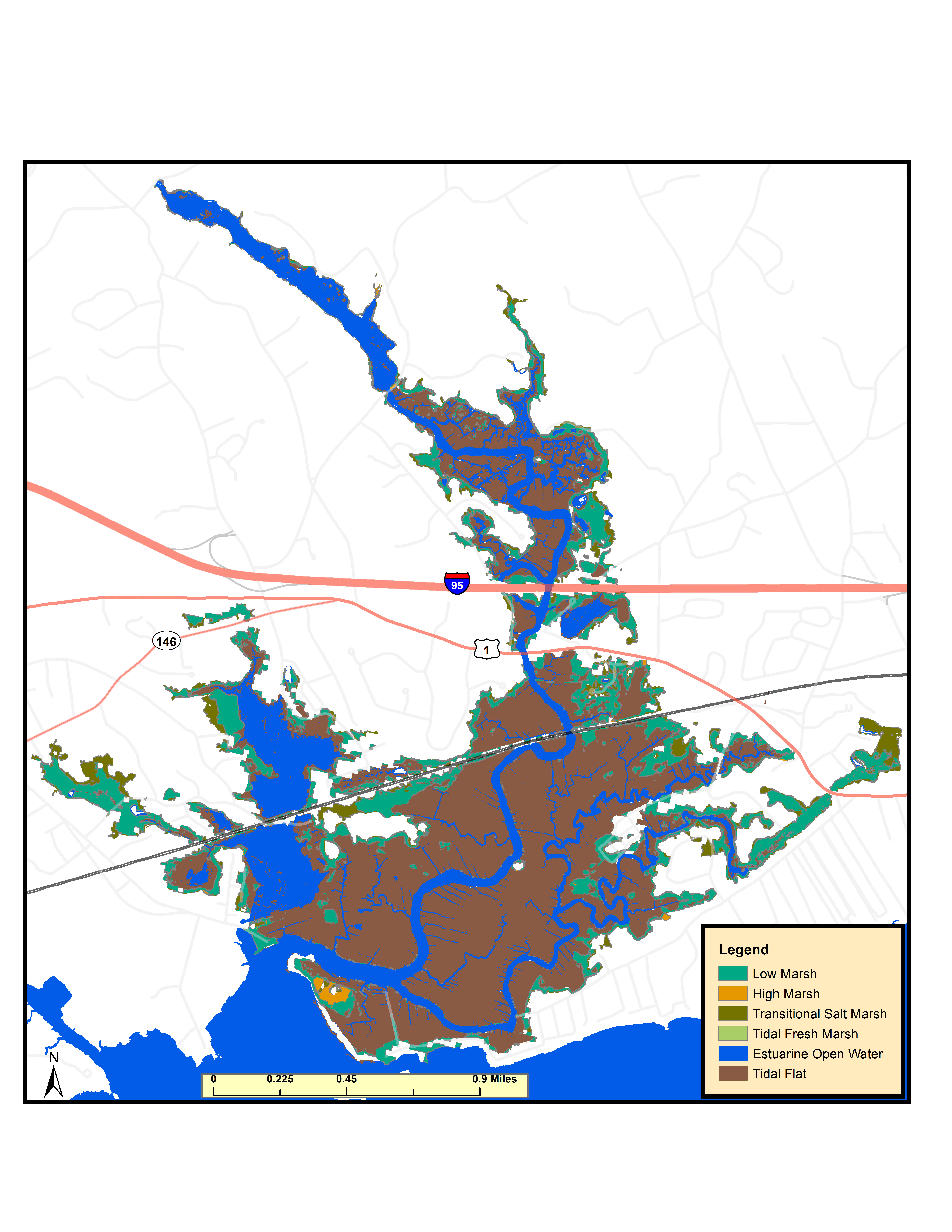
Under the same high SLR scenario with approximately 6 feet of sea lever rise by 2100, more frequent flooding of the marsh surface is expected to convert most of the marsh to tidal mudflats.
Source: Connecticut Sea Level Affecting Marshes Model project.
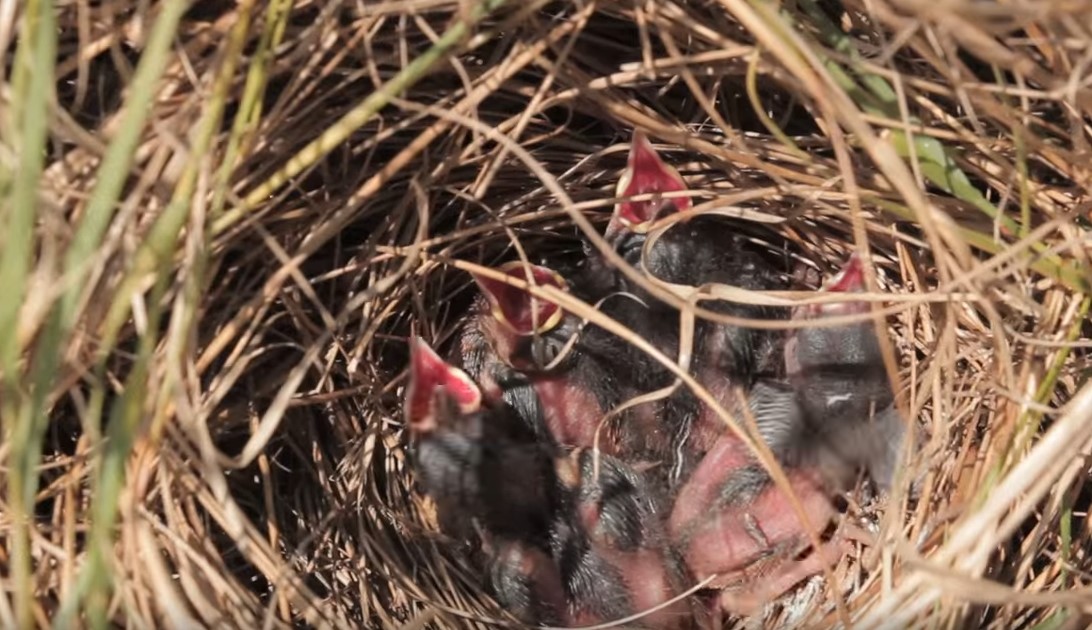
The changes in the high marsh will greatly impact species of birds that raise their young in this habitat during the interval between the two spring tides. Resource managers are expecting sharp declines in the Saltmarsh Sparrow populations as the high marsh floods more frequently, and to a lesser degree, Willet and Clapper Rail populations are expected to decline. Caption: fledgling Saltmarsh sparrows at the Hammonasset Beach State Park marsh.
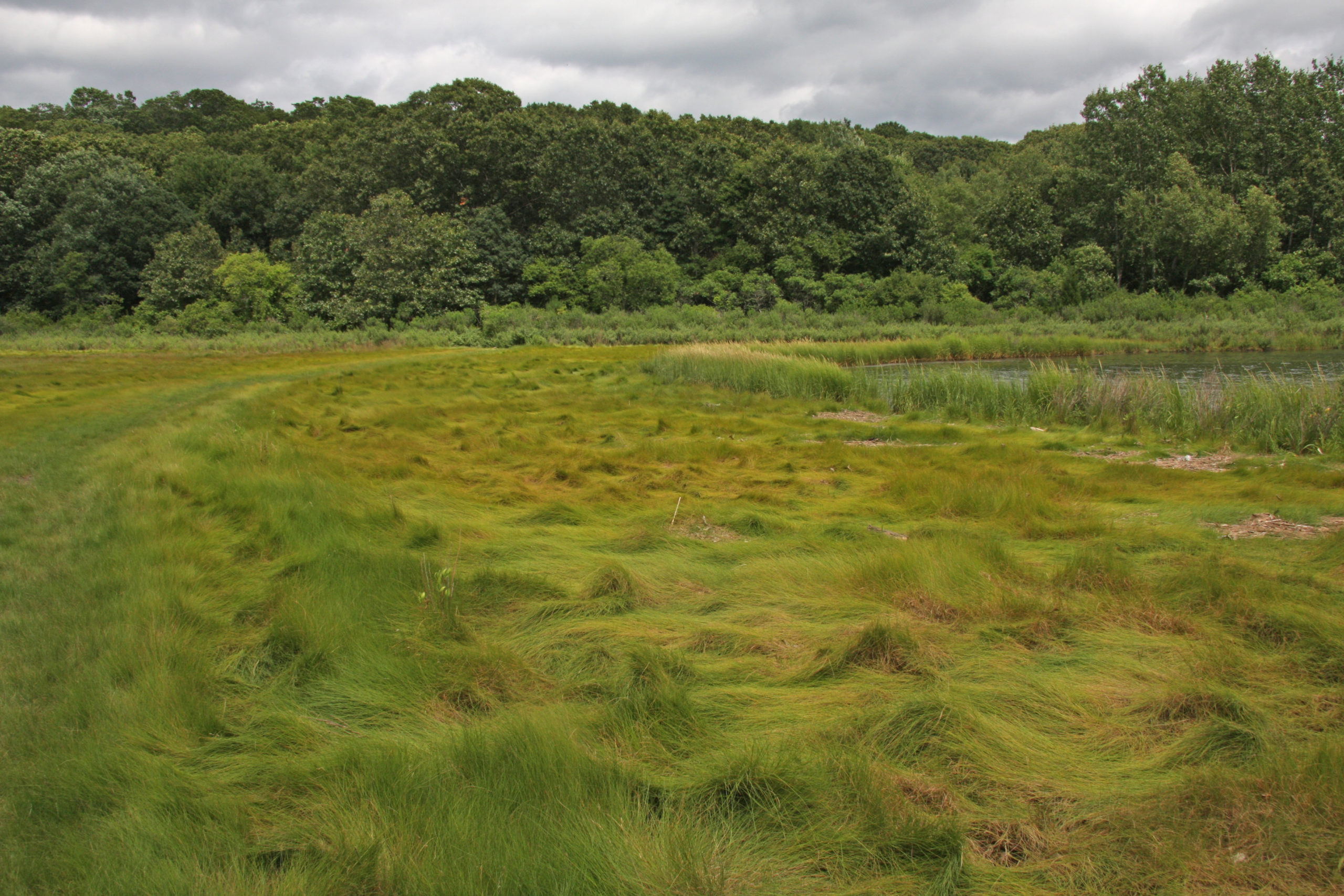
Salt marshes provide a critically important transition area between aquatic and terrestrial environments. They provide a variety of “ecosystem benefits,” including buffering developed upland areas from potentially damaging storm surge, filtering pollutants, and providing spawning, nursery, and feeding grounds for wildlife. Resource managers are looking at models such as SLAMM to help them make decisions on how to protect wetlands that will be impacted by sea level rise. Caption: High marsh habitat at Mamocoke Island, Waterford, CT Credit: Connecticut College Arboretum
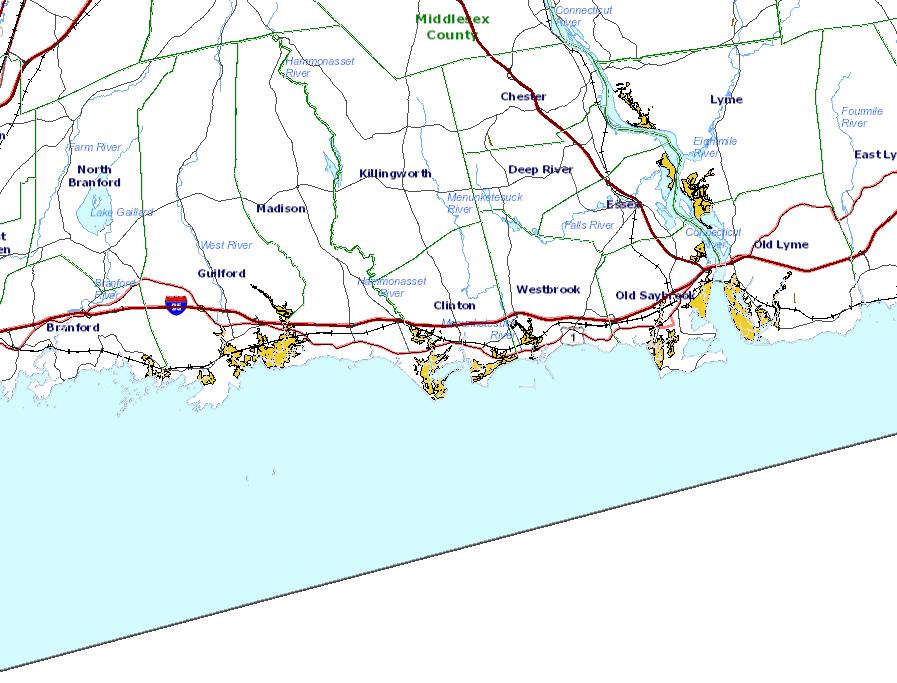
The Connecticut SLAMM viewer will let you see how 21 of Connecticut’s largest marshes, including the East River, Hammonasset, and Connecticut River marshes shown in the map above, are expected to respond to sea level rise. Find it on the CT Eco website.